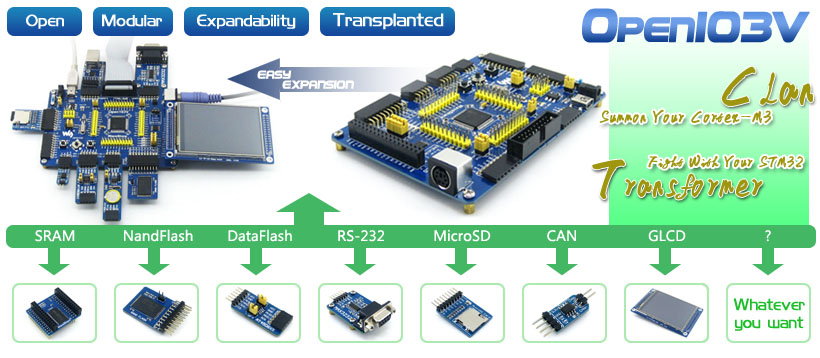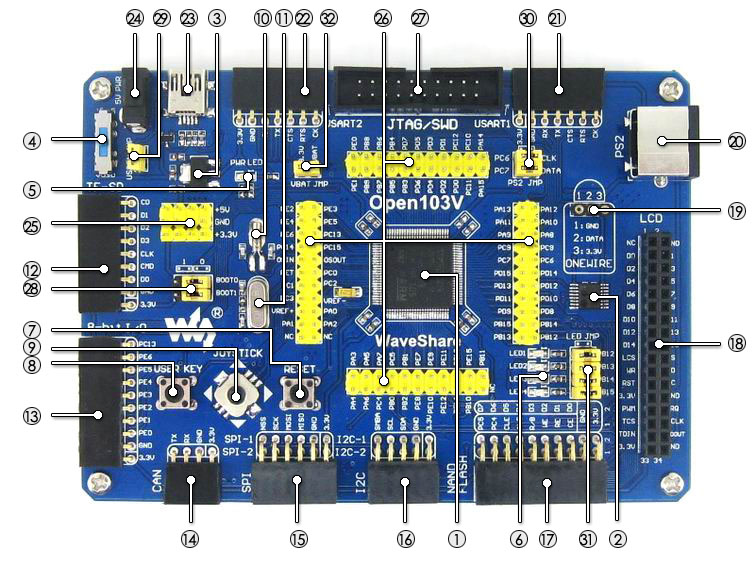STM32 development board designed for STM32F103V series, features the STM32F103VET6 MCU, and integrates various standard interfaces, pretty easy for peripheral expansions.
Open103V is a STM32 development board that features a STM32F103VET6 device as the microcontroller. There are further expansions with various optional accessory boards for specific application. The modular and open design makes it the ideal for starting application development with STM32F family.

Open103V Development Board

Connecting to touch screen LCD
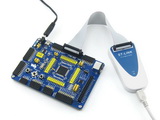
Connecting to ST-LINK

Connecting to various peripherals
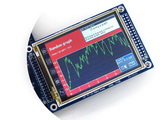
Open103V μC/OS-II (Ⅰ)
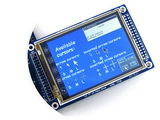
Open103V μC/OS-II (Ⅱ)
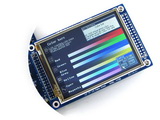
Open103V μC/OS-II (Ⅲ)
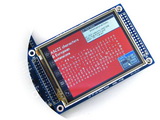
Open103V μC/OS-II (Ⅳ)
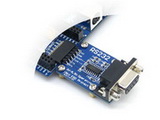
Connecting to RS232 Board via USART
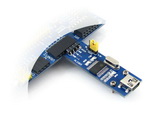
Connecting to USB UART Board via USART

Connecting to CAN Board via CAN
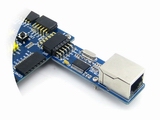
Connecting to Ethernet Board via SPI
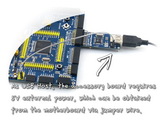
Connecting to SL811 USB Board via FSMC
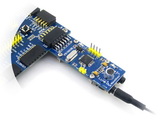
Connecting to VS1003B MP3 Board via SPI
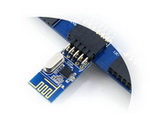
Connecting to NRF24L01 RF Board via SPI
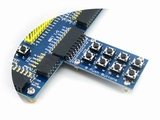
8 Push Buttons on the 8Bit I/O
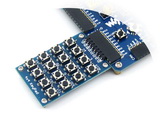
4x4 Keypad on the 8Bit I/O

Test Board on the AD/DA port
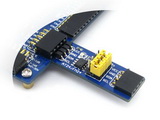
Connecting to EEPROM Board via I2C
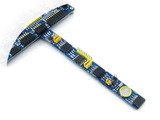
Multi I2C peripheral Module connected to the I2C bus
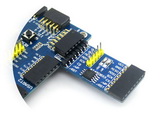
Connecting to DataFlash Board via SPI
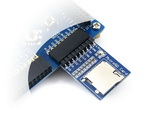
Connecting to Micro SD Board via SDIO
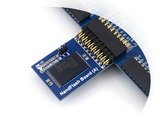
Connecting to NandFlash Board via FSMC

Connecting to any accessory board you need
 | 0 订单数量
| 0 订单数量 顺丰速运 (https://www.sf-express.com/)
顺丰速运 (https://www.sf-express.com/) 圆通快递 (https://www.yto.net.cn/)
圆通快递 (https://www.yto.net.cn/) 中通快递 (https://www.zto.com/)
中通快递 (https://www.zto.com/) 顺丰速运 (https://www.sf-express.com/)港澳台
顺丰速运 (https://www.sf-express.com/)港澳台 无需物流 (线下配送)
无需物流 (线下配送)

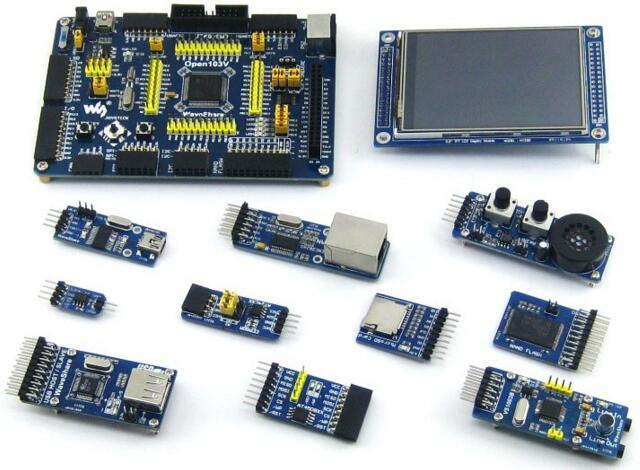
 规格书
规格书
